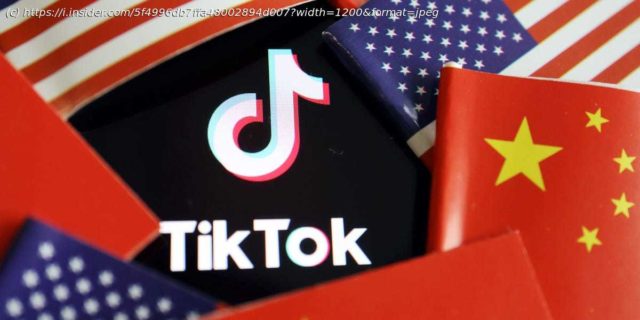This month, President Trump turned his potential TikTok ban talk into an executive order, banning the popular video sharing app unless it’s sold by …
This month, President Trump turned his potential TikTok ban talk into an executive order, banning the popular video sharing app unless it’s sold by its Chinese-owned parent company in 90 days. TikTok is not only a part of the zeitgeist—it has emerged as a powerful marketing tool that can generate substantial sales for retailers who commit to the platform and utilize it properly. Simply put, a ban would adversely impact the entire retail industry. I know what you’re thinking. How much spending, from retailers and users, could be taking place on TikTok to warrant such a prediction? Despite launching in 2016, the platform didn’t really become an advertiser’s jewel until 2019 — it’s estimated that the app brought in anywhere between $200 and 300 million in revenue worldwide last year. And it’s aiming for $500 million just in the U. S. during 2020. Retailers can scale their advertising on TikTok, from brand takeovers for $50,000-100,000 to native ad campaigns for a minimum of $500. Not included in TikTok’s revenue is the amount brands put toward influencer marketing. Many creatives are compensated directly by brands and pay is scaled based on the number of followers and average engagement that the user has. Further, some brands might choose to compensate influencers with products. For the early adopters of TikTok advertising, the app has proven to be a worthwhile investment in a short amount of time. A few big winners include: With results like that, it’s no wonder that brands would be concerned about a potential ban. We may even see efforts–in a last-ditch attempt–to get their products, branding and slogans in front of users before the app goes dark (not likely in my opinion). If that happens, these brands will be negatively impacted. Sales from loyal TikTokers will taper off—just like the memes and trends found on the app, the attention span of these users is relatively brief, and brands will lose these audiences and their buying power if they are no longer able to serve up frequent branded content on TikTok.






